Home>Articles>What Kind Of Wood Is Windsor Design Tool Chest Made Of
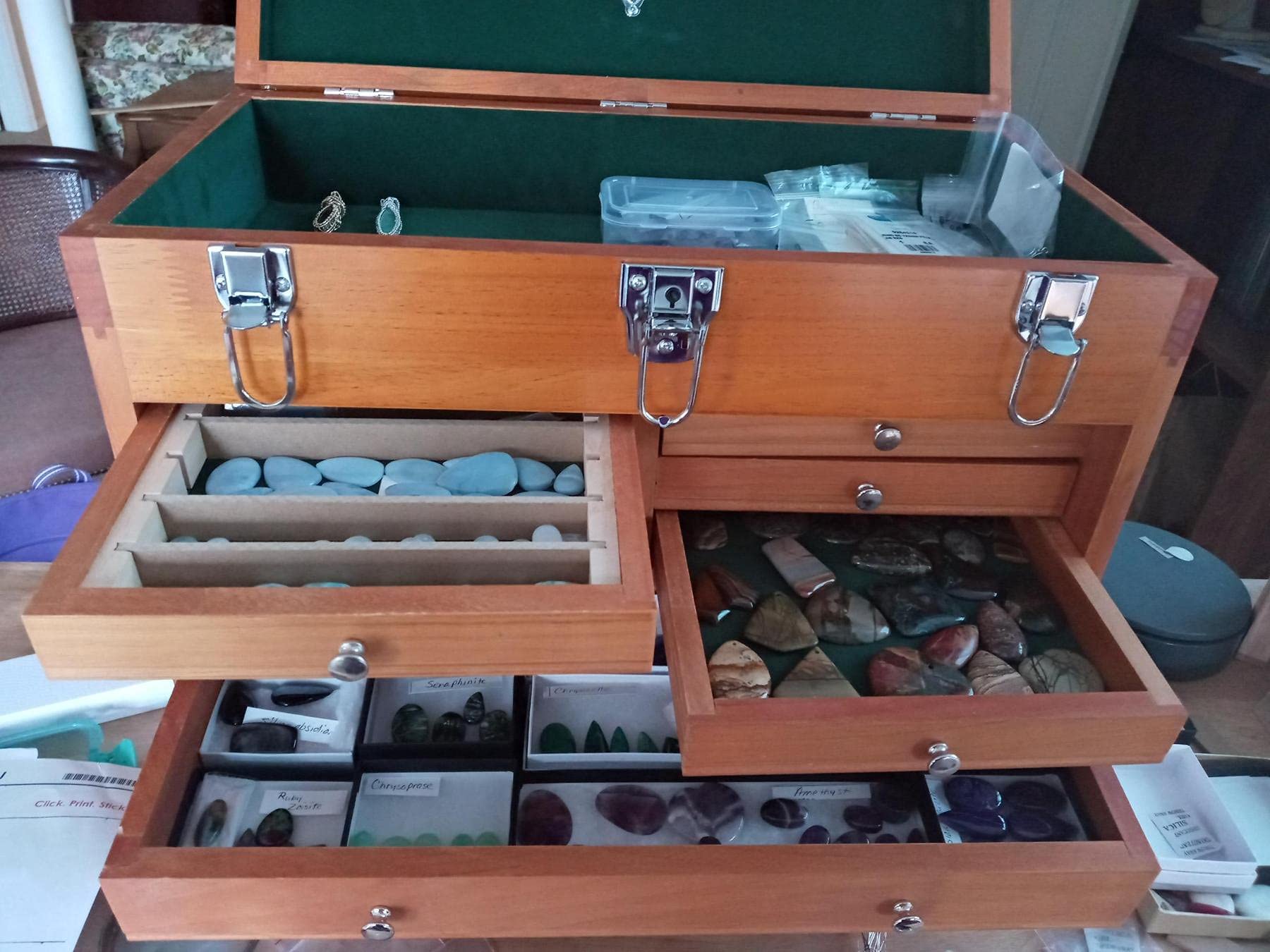

Articles
What Kind Of Wood Is Windsor Design Tool Chest Made Of
Modified: August 28, 2024
Discover the premium craftsmanship of the Windsor Design Tool Chest, made from high-quality wood. Perfect for organizing your tools and articles.
(Many of the links in this article redirect to a specific reviewed product. Your purchase of these products through affiliate links helps to generate commission for Storables.com, at no extra cost. Learn more)
Introduction
When it comes to choosing the right tool chest for your workshop, one factor that often goes unnoticed is the type of wood used in its construction. The wood not only contributes to the aesthetic appeal but also determines the durability and longevity of the tool chest. One popular brand that offers a range of high-quality tool chests is Windsor Design. In this article, we will explore the different types of wood used in Windsor Design tool chests and discuss their characteristics and suitability for various woodworking projects.
Windsor Design is known for its craftsmanship and attention to detail. They understand the importance of using quality materials to create functional and durable tool chests. Each wood type used in their tool chests has its own unique properties, making it crucial for woodworkers to understand the characteristics and advantages of each option before making a purchase.
By analyzing the wood types offered by Windsor Design, you can make an informed decision based on your specific woodworking needs. So let’s dive into the different wood options and discover what makes them ideal for a Windsor Design tool chest.
Key Takeaways:
- Choose the Right Wood for Your Windsor Design Tool Chest
Understanding the characteristics of pine, birch, oak, and maple wood helps you make an informed decision based on your budget, woodworking needs, and desired aesthetics. - Longevity and Durability Matter
Invest in a high-quality Windsor Design tool chest constructed from the right wood type to enjoy the benefits of a durable and visually appealing storage solution that will serve you for years to come.
Read also: 10 Amazing Wood Tool Chest for 2025
Background on Windsor Design Tool Chest
Windsor Design is a well-known brand in the woodworking industry, specializing in high-quality tool chests and storage solutions. Their tool chests are designed to meet the needs of both professional woodworkers and DIY enthusiasts, offering a balance of functionality, durability, and aesthetic appeal.
Windsor Design tool chests are crafted with precision, incorporating various features like multiple drawers, sturdy construction, and convenient handles for easy mobility. These tool chests are not only designed to store and organize your tools effectively but also to enhance the overall efficiency and productivity in your workshop.
One notable aspect of Windsor Design tool chests is the careful selection of wood used in their construction. Different wood types are chosen based on their specific qualities, ensuring that the tool chest is not only visually appealing but also capable of withstanding the rigors of everyday use.
By understanding the background and reputation of Windsor Design, you can appreciate the level of craftsmanship and attention to detail that goes into each tool chest they produce. Now, let’s explore the specific wood types used in Windsor Design tool chests and understand their characteristics and suitability for woodworking projects.
Wood Types Used in Windsor Design Tool Chest
Windsor Design offers a variety of wood types in their tool chests, each with its own unique characteristics and benefits. These wood types are carefully selected to ensure durability, aesthetics, and functionality. Let’s take a closer look at the wood types commonly used in Windsor Design tool chests:
- Pine Wood: Pine is a popular choice for woodworking due to its affordability and versatility. It is a softwood that is easy to work with, making it an excellent option for tool chests. Pine wood has a light, natural color with occasional knots and grain patterns, adding character to the piece. While pine may not be the most durable option, proper care and maintenance can ensure its longevity.
- Birch Wood: Birch is a hardwood known for its strength and durability. It has a smooth and even texture, making it ideal for woodworking projects that require a polished finish. Birch wood also has a light color with a subtle grain pattern, creating a timeless and elegant look. Its hardness and resistance to wear make it a great choice for tool chests that need to withstand heavy use.
- Oak Wood: Oak is a hardwood that is renowned for its strength and durability. It has a distinct grain pattern and comes in various shades, from light to dark. Oak wood is highly resistant to moisture, decay, and insect damage, making it an excellent choice for tool chests that may be exposed to challenging workshop conditions. Its natural beauty and longevity make it a popular and reliable option.
- Maple Wood: Maple is a dense hardwood known for its strength and stability. It has a light, creamy color with occasional streaks of darker grain. Maple wood has a smooth and even texture, allowing for a flawless finish. It is highly resistant to wear and tear, making it an excellent choice for tool chests that require durability and long-term performance.
These wood types offer a range of benefits, and the choice depends on personal preferences and specific woodworking needs. When selecting a Windsor Design tool chest, consider the wood type that best aligns with the aesthetics, durability, and functionality you desire.
Characteristics of Pine Wood
Pine wood is a popular choice for woodworking projects and is commonly used in Windsor Design tool chests. Understanding the characteristics of pine wood can help you evaluate its suitability for your needs. Here are some key characteristics of pine wood:
- Softwood: Pine wood is classified as a softwood, which means it is less dense compared to hardwoods. As a result, it is easier to work with and can be shaped and cut more easily. This makes pine wood a suitable choice for tool chests that require intricate designs or modifications.
- Affordability: One of the advantages of pine wood is its affordability. It is more budget-friendly compared to other wood types, making it an attractive option for those on a tight budget. Despite its lower cost, pine wood can still provide satisfactory aesthetics and functionality.
- Natural Appearance: Pine wood has a light, natural color with occasional knots and grain patterns. These natural characteristics add character and charm to the wood, giving it a rustic and warm appearance. The unique patterns and knots make each tool chest made from pine wood distinctive and visually appealing.
- Accepts Stains and Finishes Well: Pine wood is known for its ability to absorb stains and finishes effectively. It readily accepts different finishes, allowing you to customize and enhance the look of your tool chest according to your preferences. Whether you prefer a natural, stained, or painted finish, pine wood can adapt to your desired aesthetic.
- Susceptible to Dents and Scratches: While pine wood offers many advantages, it is important to consider its susceptibility to dents and scratches. Pine is a softer wood, which means it may be more prone to surface damage compared to hardwoods. However, with proper care and maintenance, including the application of protective finishes, you can prevent or minimize the appearance of dents and scratches.
Overall, pine wood is a versatile and cost-effective option for Windsor Design tool chests. Its natural appearance, ability to accept stains and finishes, and ease of workability make it suitable for various woodworking projects. Considering the specific characteristics of pine wood will help you determine if it aligns with your desired aesthetics and level of durability.
Characteristics of Birch Wood
Birch wood is a popular choice in woodworking and is frequently used in Windsor Design tool chests. Understanding the characteristics of birch wood can help you assess its suitability for your woodworking needs. Here are some key characteristics of birch wood:
- Hardwood: Birch wood is classified as a hardwood, which means it is denser and more durable compared to softwoods. Its hardness makes it resistant to wear and tear, making it an ideal choice for tool chests that will be subjected to heavy use or require long-term durability.
- Smooth and Even Texture: Birch wood has a smooth and even texture, allowing for a polished and refined finish. This characteristic makes it well-suited for tool chests when you desire a sleek and sophisticated appearance. The smoothness of birch wood also ensures that it is pleasant to touch.
- Light Color: Birch wood typically has a light color, ranging from creamy white to light yellow. This light color gives a clean and bright look to the tool chest and complements various workshop settings. The natural color of birch wood can also be enhanced with a clear finish to highlight the wood’s grain and character.
- Uniform Grain Pattern: Birch wood has a relatively uniform grain pattern, which means it has less variation or distinctive grain markings compared to other wood types. This uniformity contributes to a consistent and visually appealing appearance, making it a desirable choice for those seeking a more refined and consistent look for their tool chest.
- Resistance to Decay: Birch wood is known for its natural resistance to decay and rot. This characteristic makes it a suitable option for tool chests that may be exposed to moisture or damp environments. The inherent resistance to decay ensures that the wood remains structurally stable and maintains its integrity over time.
Overall, birch wood offers durability, a smooth texture, and a light and uniform appearance, making it an excellent choice for Windsor Design tool chests. Its robustness and resistance to decay make it suitable for heavy-duty usage and a wide range of woodworking projects. Considering the specific characteristics of birch wood will allow you to determine if it aligns with your desired aesthetics and level of durability.
The Windsor Design Tool Chest is typically made of solid wood, such as pine or oak, providing durability and a classic look for your tools.
Read more: What Is A Crossover Tool Box
Characteristics of Oak Wood
Oak wood is a highly sought-after material in woodworking and is frequently used in Windsor Design tool chests. Understanding the characteristics of oak wood can help you assess its suitability for your woodworking needs. Here are some key characteristics of oak wood:
- Hardwood: Oak wood is classified as a hardwood, known for its exceptional strength and durability. It is a dense wood that can withstand heavy use and resist damage, making it an ideal choice for tool chests that require long-term stability.
- Distinct Grain Pattern: Oak wood is characterized by its distinct and prominent grain pattern. It often showcases beautiful lines, swirls, and cathedrals, providing a visually appealing and unique look to the tool chest. This distinctive grain pattern adds depth and personality to the wood, enhancing its aesthetic appeal.
- Various Colors: Oak wood comes in a variety of colors, ranging from light to dark shades. The most common types of oak used in woodworking are red oak and white oak. Red oak has a reddish hue with a warm and inviting appearance, while white oak has a lighter and more neutral color. These color variations give you options to choose from based on your preferred aesthetic.
- Moisture Resistance: Oak wood has a natural resistance to moisture, making it suitable for tool chests that may be exposed to humid or damp conditions. Its moisture-resistant properties help prevent decay and rot. This characteristic ensures the longevity of the tool chest, even in challenging workshop environments.
- Hard and Dense: Oak wood is known for its hardness and density. It is more difficult to work with compared to softer woods but provides exceptional strength and durability. The dense nature of oak wood allows it to withstand the wear and tear of everyday use, making it ideal for tool chests that require longevity and stability.
Overall, oak wood offers strength, durability, a distinct grain pattern, and resistance to moisture. These characteristics make it an excellent choice for Windsor Design tool chests. The wide range of colors and the timeless beauty of oak wood ensure that your tool chest will not only be functional but also visually appealing. Considering the specific characteristics of oak wood will help you determine if it aligns with your desired aesthetics and level of durability.
Characteristics of Maple Wood
Maple wood is highly regarded in the woodworking industry and is commonly used in Windsor Design tool chests. Understanding the characteristics of maple wood can help you evaluate its suitability for your woodworking needs. Here are some key characteristics of maple wood:
- Hardwood: Maple wood is classified as a hardwood, known for its exceptional strength and durability. It is a dense and heavy wood that can withstand heavy use and resist damage, making it an ideal choice for tool chests that require longevity and stability.
- Light Color: Maple wood typically has a light, creamy color with occasional streaks of darker grain. This light color adds a clean and bright look to the tool chest, providing an open and inviting feel to the workspace. The natural color of maple wood can be further enhanced with a clear finish to highlight the wood’s grain and character.
- Smooth Texture: Maple wood has a smooth and even texture, allowing for a flawless finish. This characteristic makes it well-suited for tool chests that require a polished appearance. The smoothness of maple wood ensures that it is pleasant to touch and visually appealing.
- Resistance to Wear: Maple wood is renowned for its hardness and resistance to wear and tear. It can withstand heavy usage and remain structurally stable over time, making it an excellent choice for tool chests that will experience regular use. Its durability ensures that the tool chest maintains its functionality and aesthetics for years to come.
- Stability: Maple wood is known for its exceptional stability, both in terms of warping and shrinking. It exhibits minimal movement due to changes in humidity or temperature, making it a reliable option for tool chests. The stability of maple wood ensures that the tool chest remains structurally sound and maintains its integrity over time.
Overall, maple wood offers strength, durability, a light color, a smooth texture, and exceptional stability. These characteristics make it a highly desirable choice for Windsor Design tool chests. The natural beauty and resilience of maple wood ensure that your tool chest not only serves its purpose but also adds a touch of elegance to your workshop. Considering the specific characteristics of maple wood will help you determine if it aligns with your desired aesthetics and level of durability.
Pros and Cons of Different Wood Types in Windsor Design Tool Chest
Each wood type used in Windsor Design tool chests carries its own set of advantages and disadvantages. By considering the pros and cons of each wood type, you can make an informed decision based on your specific needs and preferences. Here are the pros and cons of the different wood types commonly used in Windsor Design tool chests:
- Pine Wood:
- Pros: Affordable, easy to work with, natural appearance, accepts stains and finishes well
- Cons: Susceptible to dents and scratches, less durable compared to hardwoods
- Birch Wood:
- Pros: Strong and durable, smooth and even texture, light color, resistance to decay
- Cons: Can be more expensive compared to other wood types
- Oak Wood:
- Pros: Exceptionally strong and durable, distinct grain pattern, various colors, moisture resistance
- Cons: Heavier and denser, more difficult to work with compared to other woods
- Maple Wood:
- Pros: Highly durable, light color, smooth texture, resistance to wear, stability
- Cons: Can be more expensive compared to other wood types
The choice of wood type ultimately depends on your personal preferences, budget, and the specific requirements of your woodworking projects. If you are looking for an affordable option with a natural appearance, pine wood may be the right choice for you. However, if durability and resistance to wear are your main considerations, oak or maple wood would be better options. Birch wood provides a balance between affordability and durability.
It’s important to note that regardless of the wood type chosen, proper care and maintenance will prolong the life of your Windsor Design tool chest. Applying protective finishes, avoiding exposure to extreme conditions, and regular cleaning will help preserve the overall quality and appearance of the tool chest.
Consider the pros and cons of each wood type, weigh them against your specific needs and preferences, and choose the wood type that best suits your requirements. This will ensure that you not only have a functional and visually appealing tool chest but one that will serve you well for years to come.
Conclusion
Choosing the right wood type for your Windsor Design tool chest is an essential decision that can greatly impact its durability, appearance, and functionality. Each wood type – pine, birch, oak, and maple – offers distinct characteristics and benefits that cater to different woodworking needs.
If affordability and a natural appearance are important to you, pine wood may be the ideal choice. It is easy to work with and can be customized with various finishes. However, it is less durable compared to hardwood options and requires proper care to prevent surface damage.
Birch wood provides strength, a smooth texture, and resistance to decay. It offers a balance between affordability and durability, making it a versatile option for tool chests. However, consider the cost implications when opting for birch wood.
Oak wood, known for its exceptional strength and distinct grain pattern, delivers durability and moisture resistance. With various color options, oak creates a timeless and elegant look. However, keep in mind that oak is heavier and denser, which can make it more challenging to work with.
Maple wood offers outstanding durability, a light color, a smooth texture, and exceptional stability. It is highly resistant to wear and tear, making it an excellent long-term investment. However, similar to birch wood, the cost of maple wood should be taken into consideration.
In conclusion, understanding the characteristics, pros, and cons of different wood types helps you make an informed decision when selecting a Windsor Design tool chest. Consider your budget, woodworking needs, and desired aesthetics to choose the wood type that best suits your requirements. Additionally, proper care and maintenance will extend the life of your tool chest, regardless of the wood type selected.
Investing in a high-quality, well-crafted Windsor Design tool chest constructed from the right wood type will not only provide you with an efficient storage solution but also contribute to the overall ambiance and functionality of your workshop. Choose wisely and enjoy the benefits of a durable and visually appealing tool chest that will serve you for years to come.
Frequently Asked Questions about What Kind Of Wood Is Windsor Design Tool Chest Made Of
Was this page helpful?
At Storables.com, we guarantee accurate and reliable information. Our content, validated by Expert Board Contributors, is crafted following stringent Editorial Policies. We're committed to providing you with well-researched, expert-backed insights for all your informational needs.
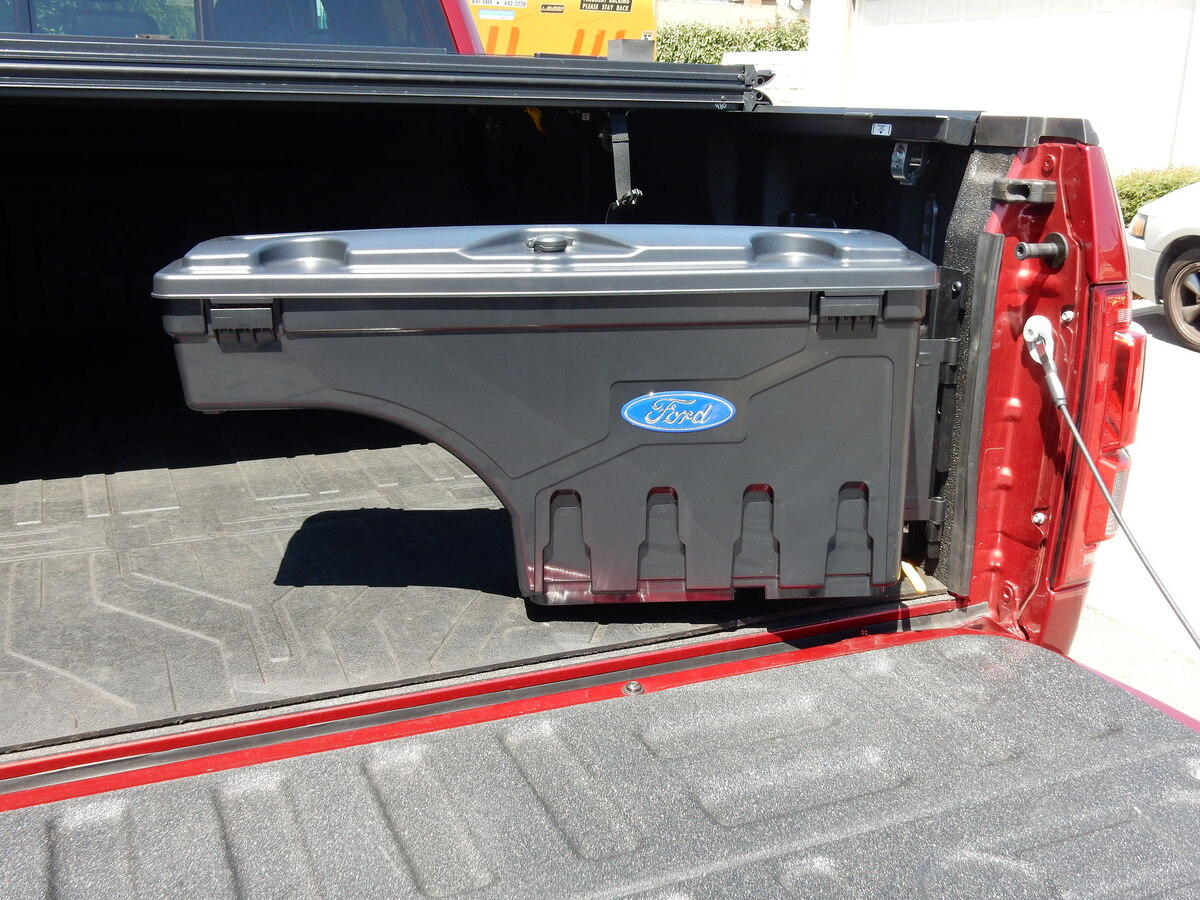
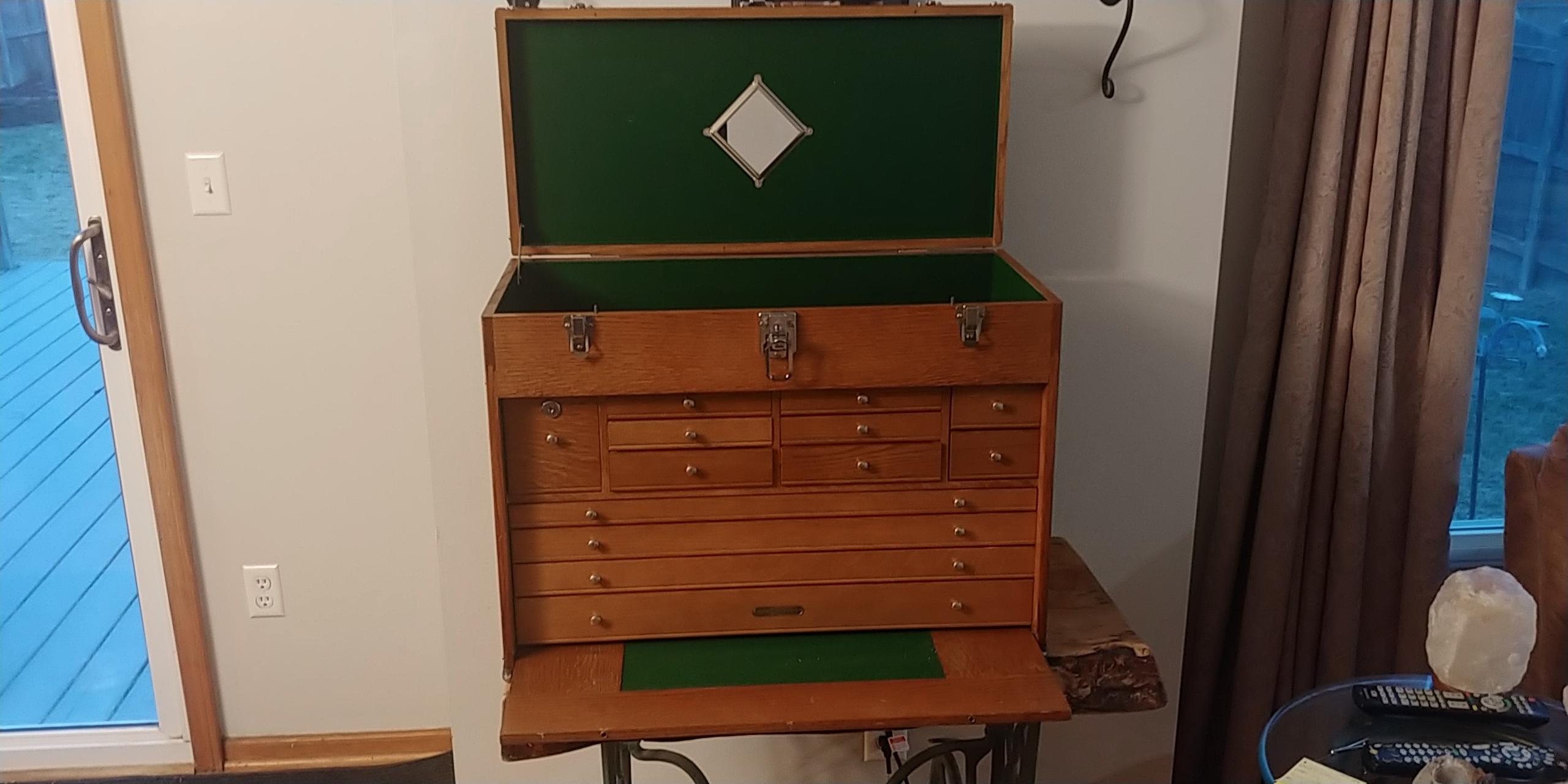
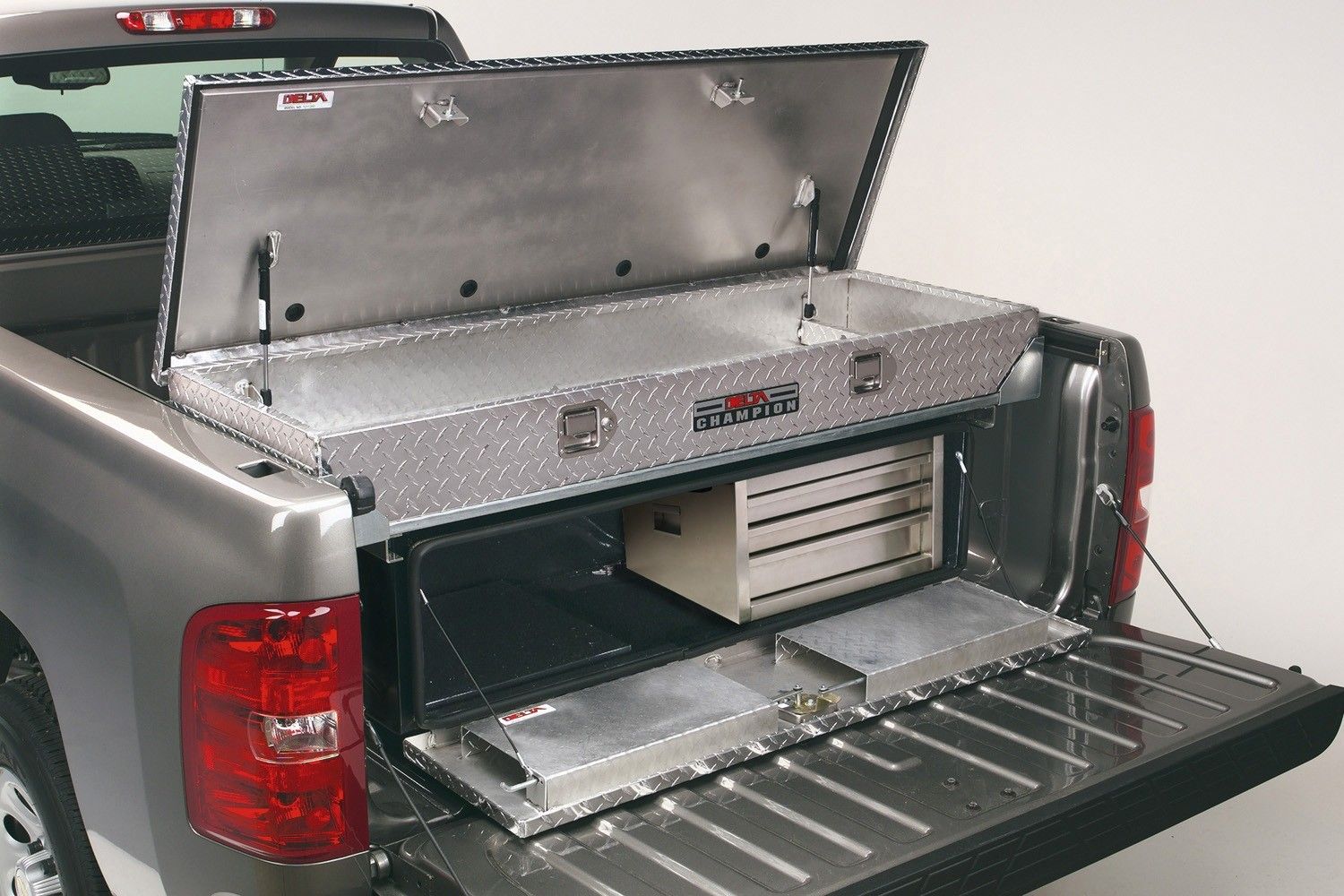
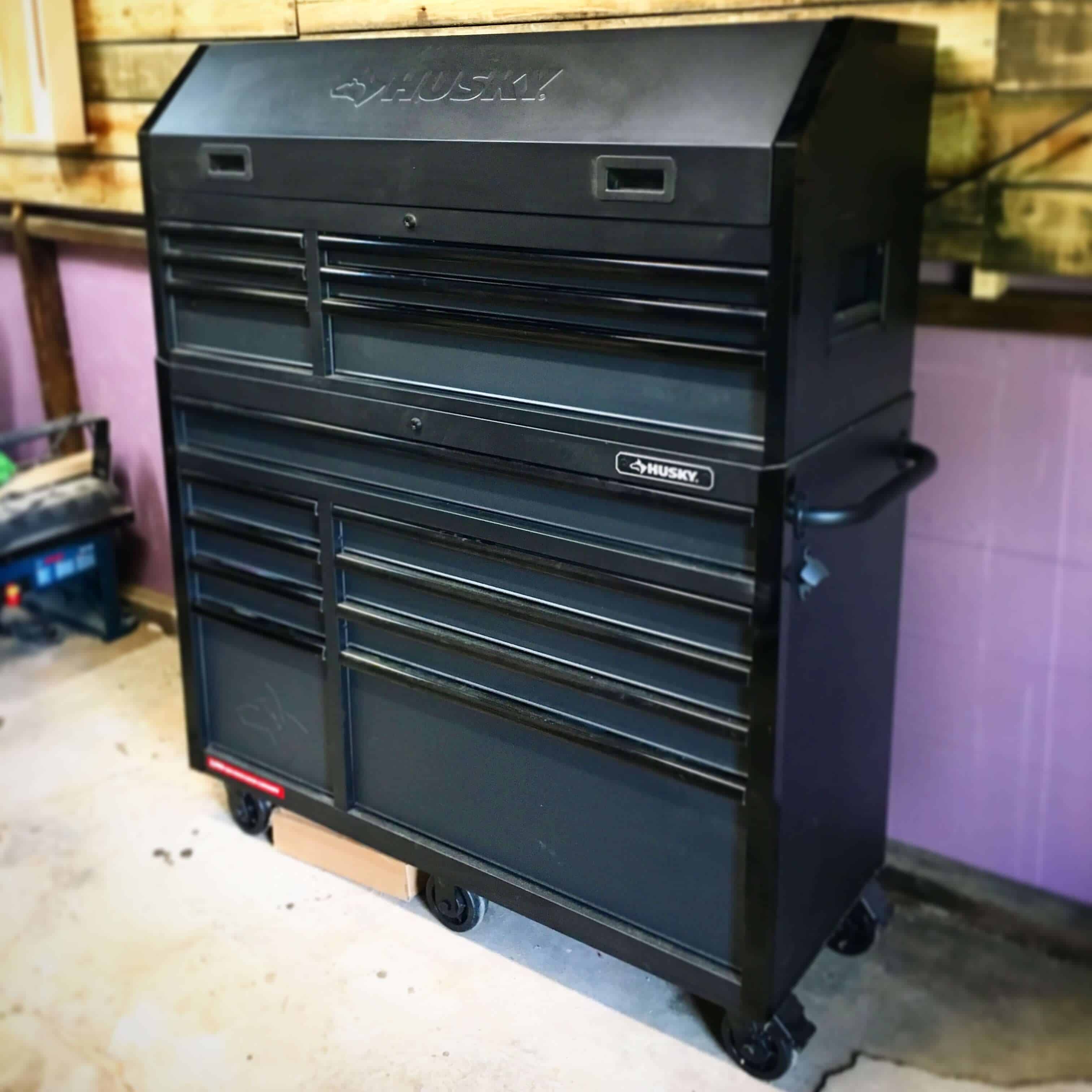
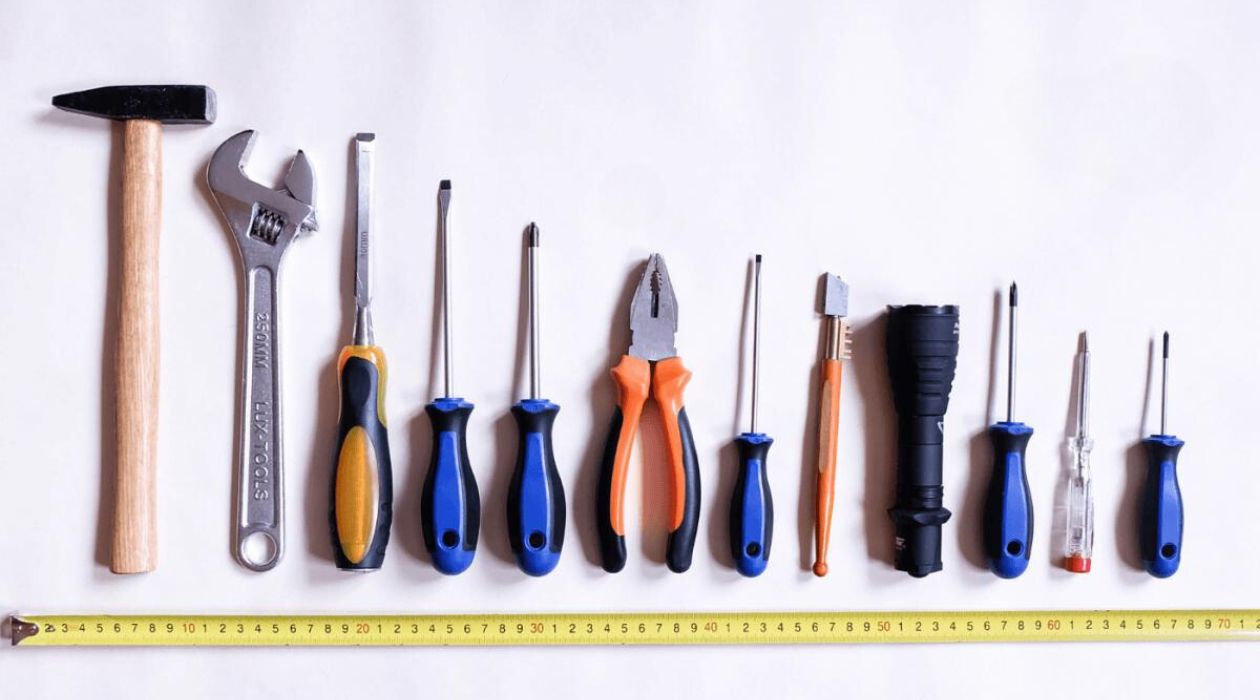
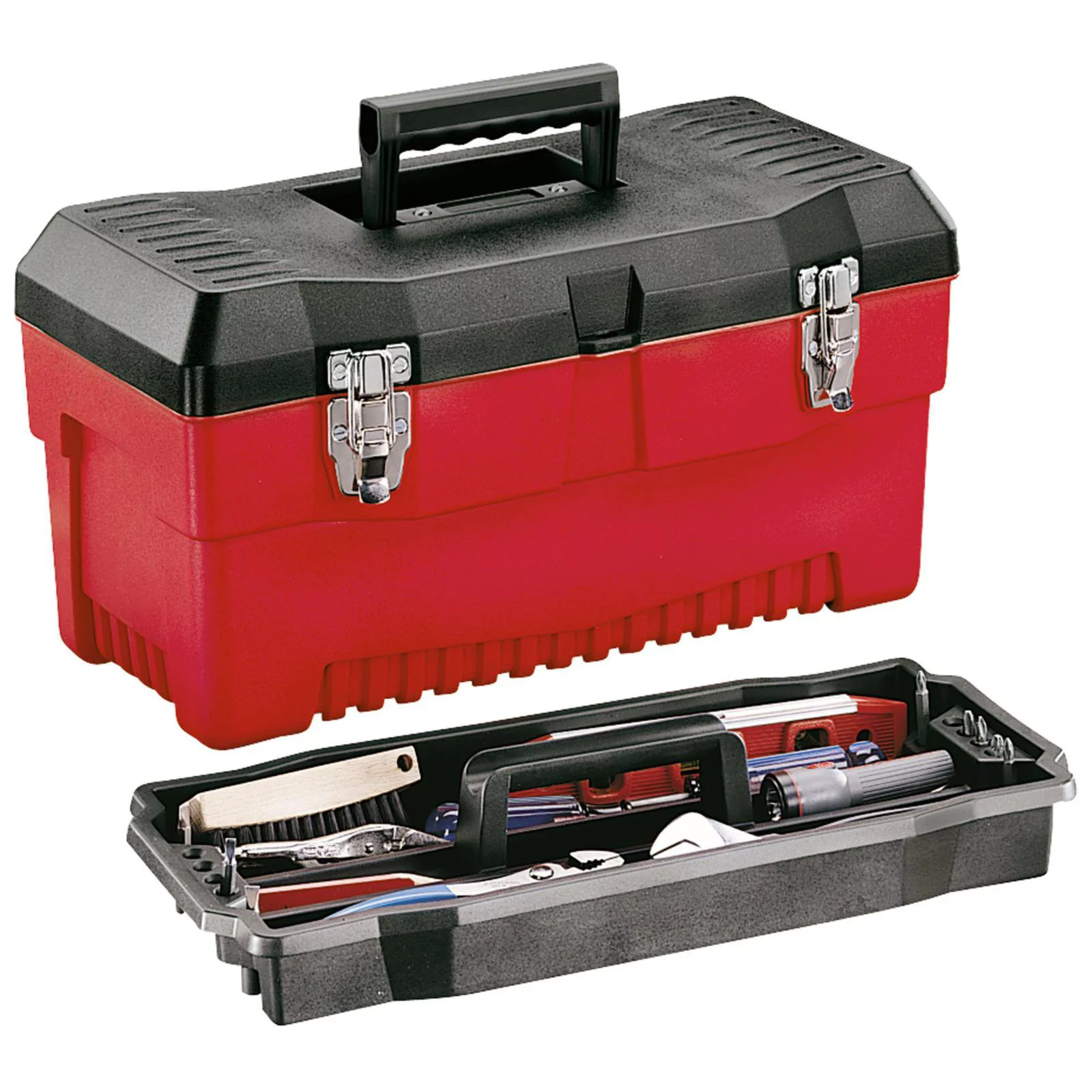
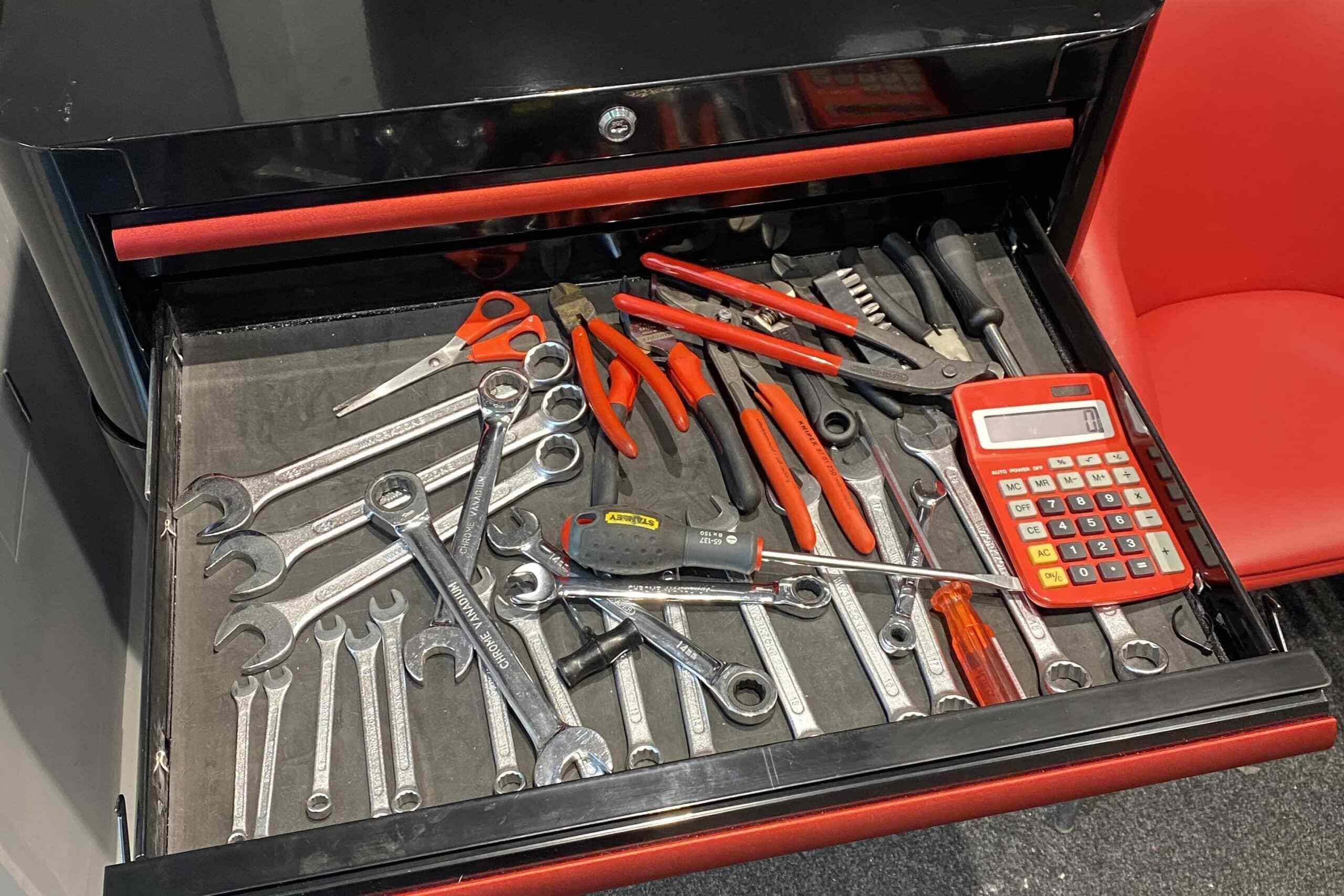
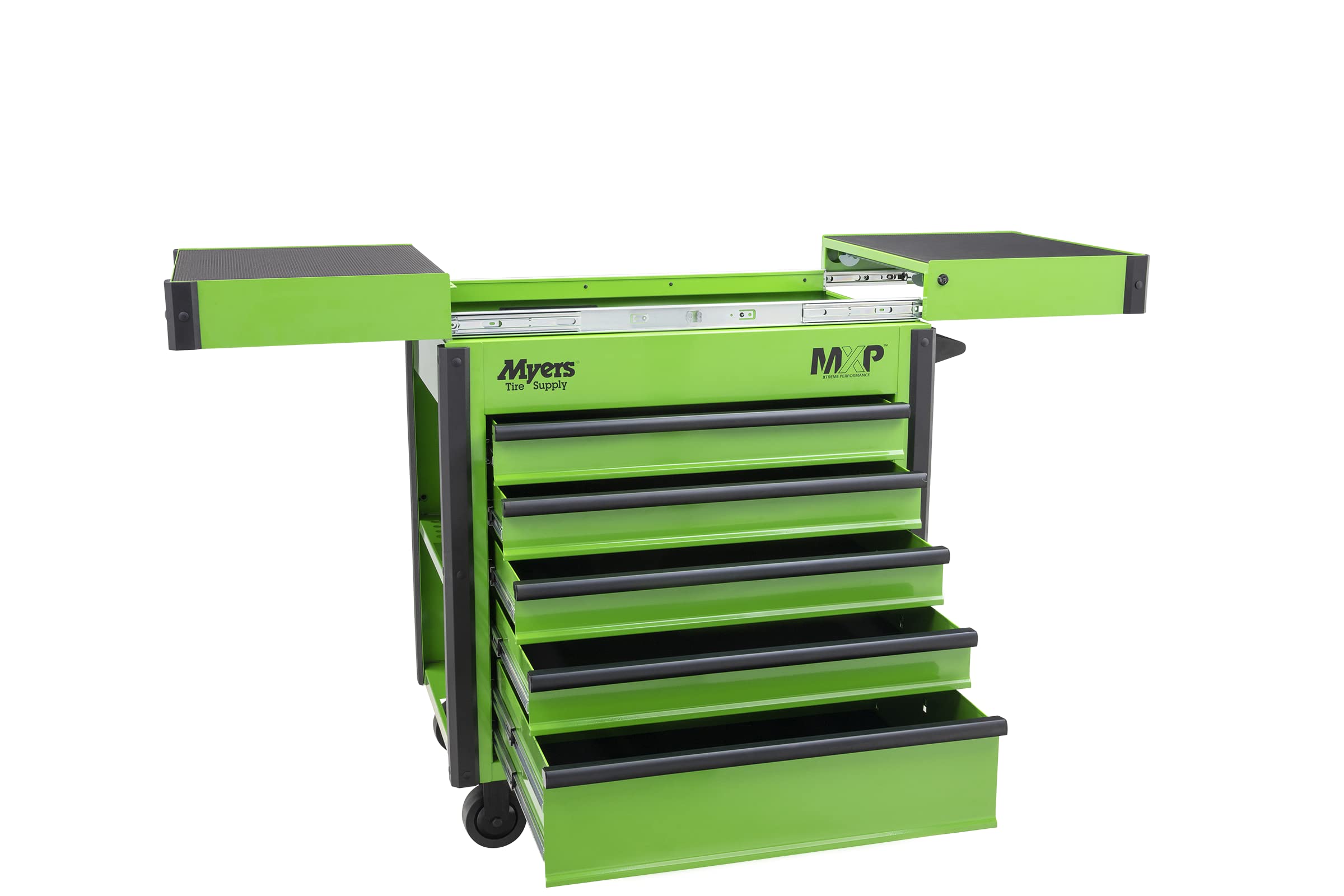
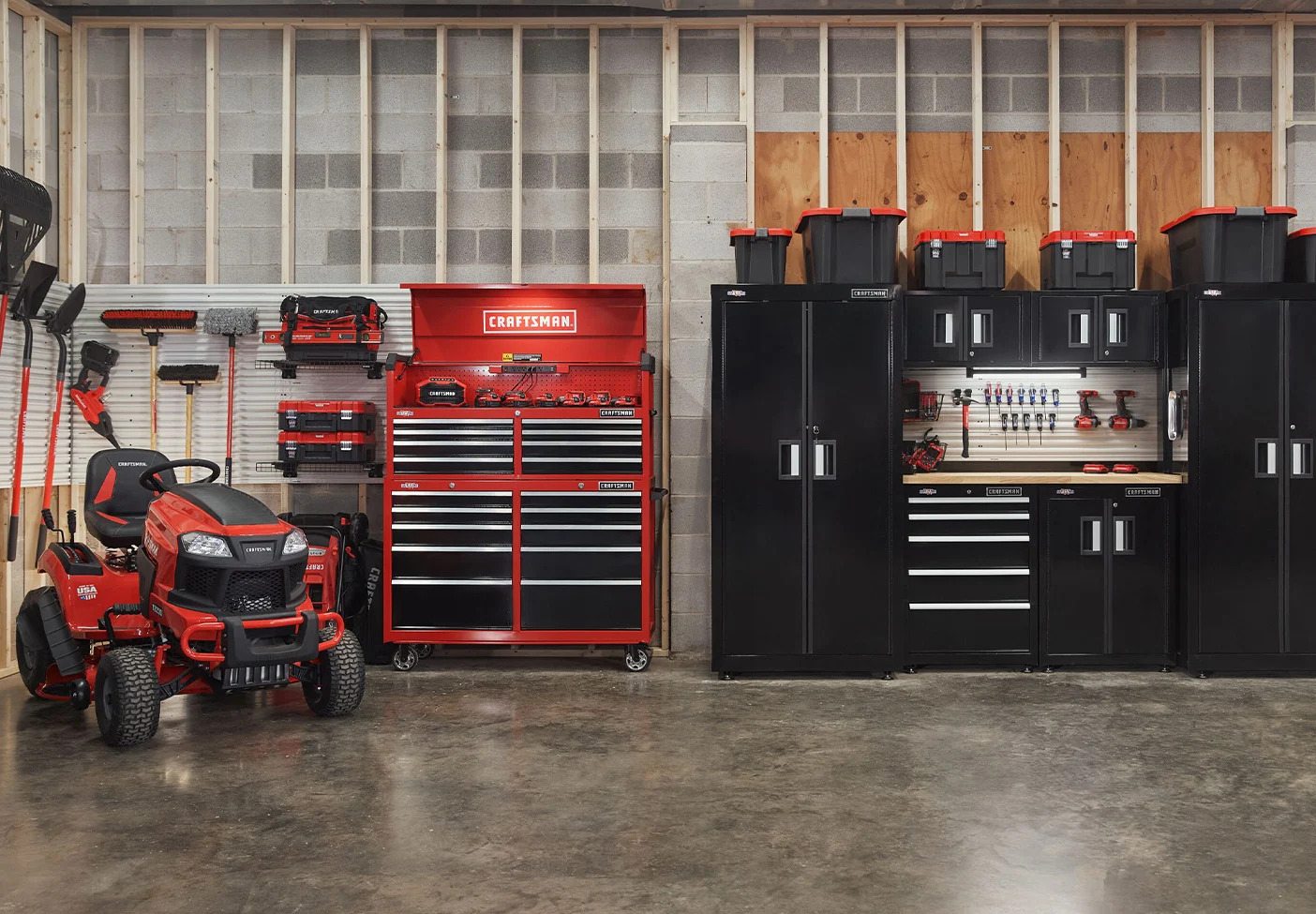

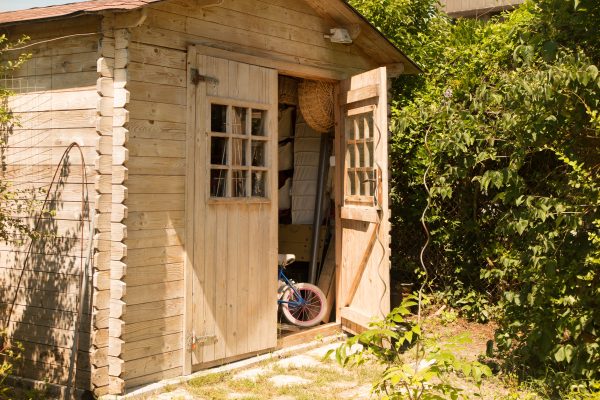
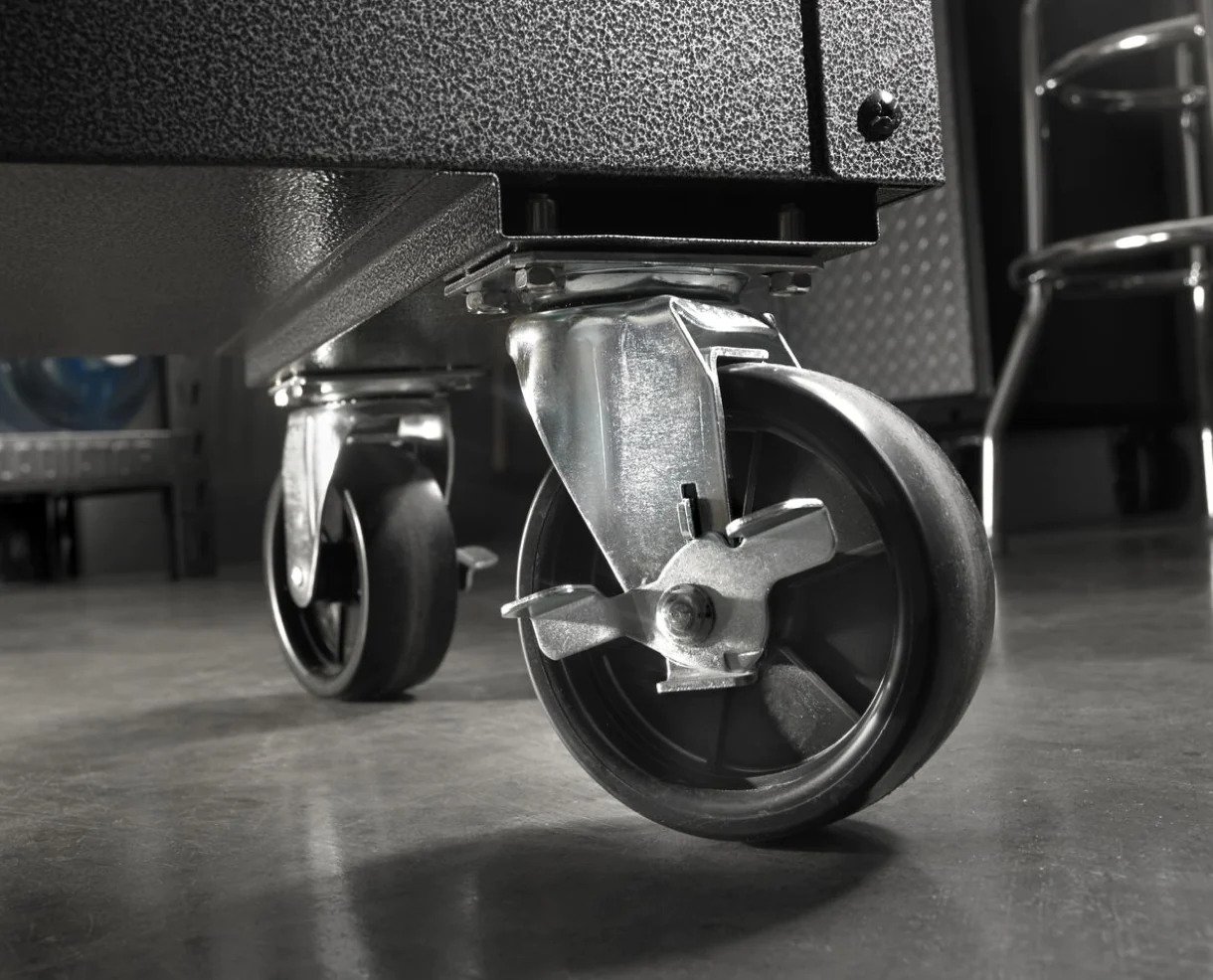
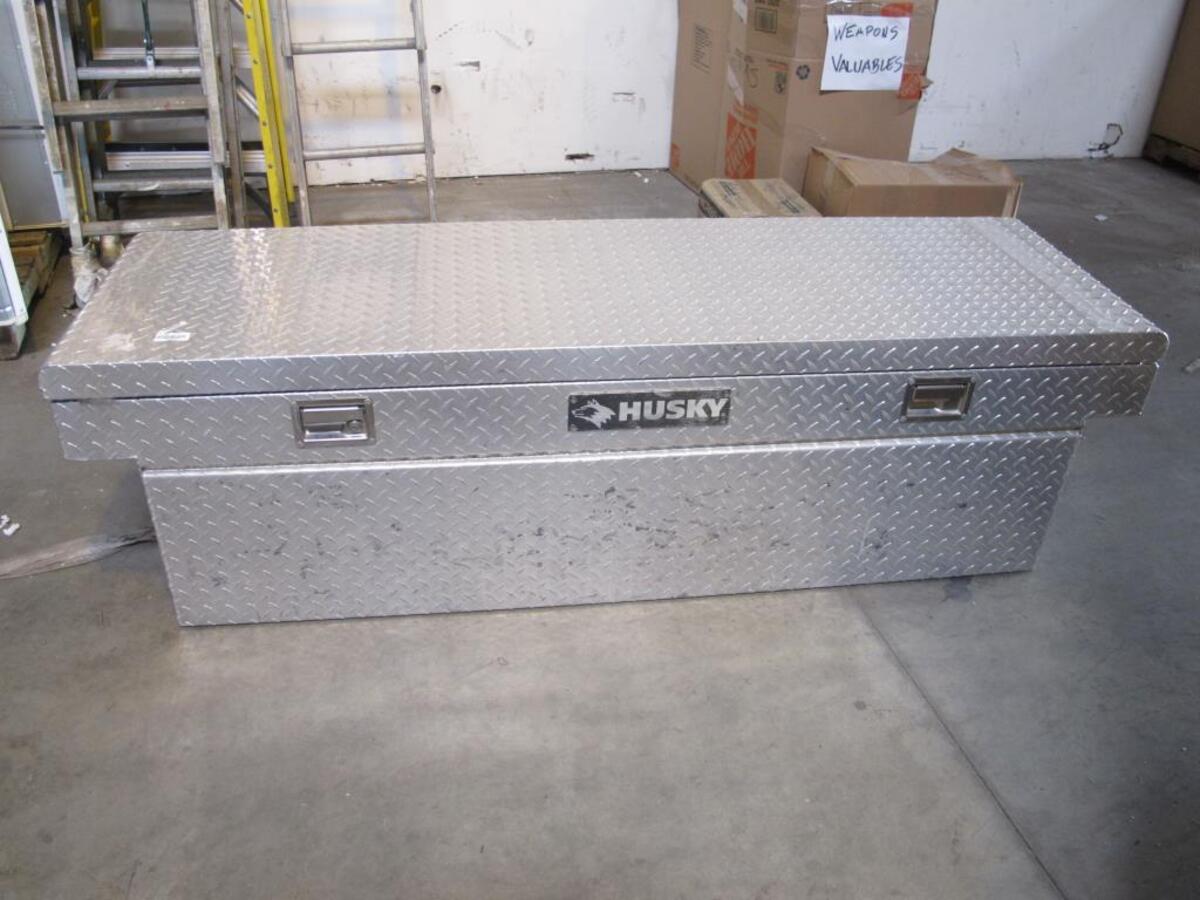
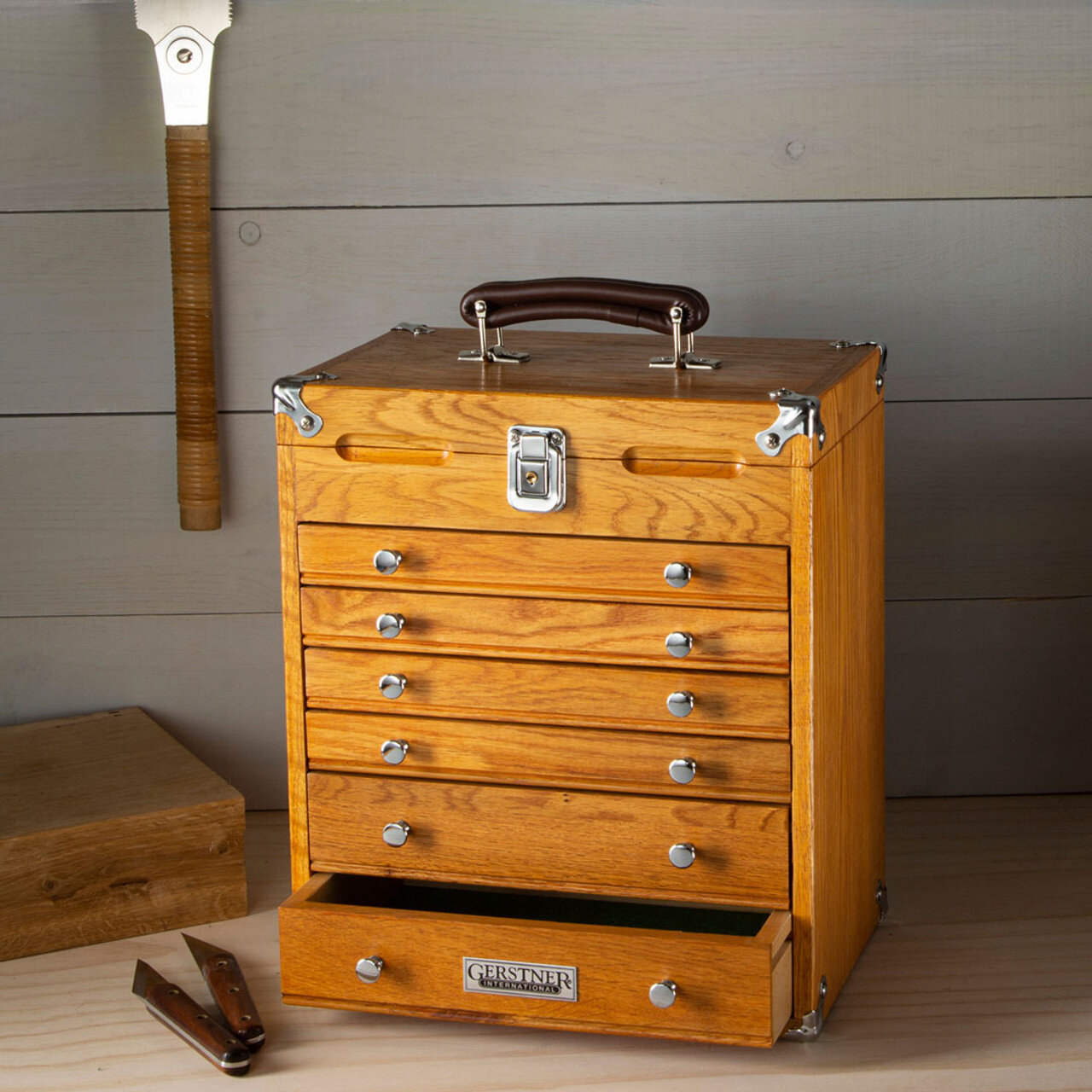

0 thoughts on “What Kind Of Wood Is Windsor Design Tool Chest Made Of”